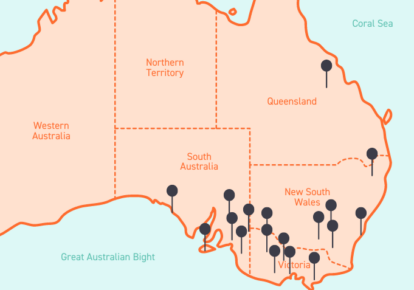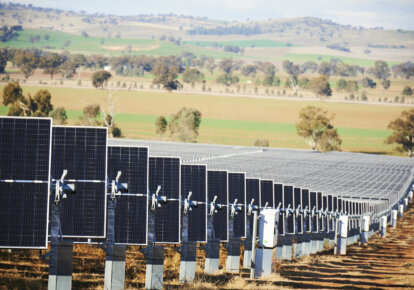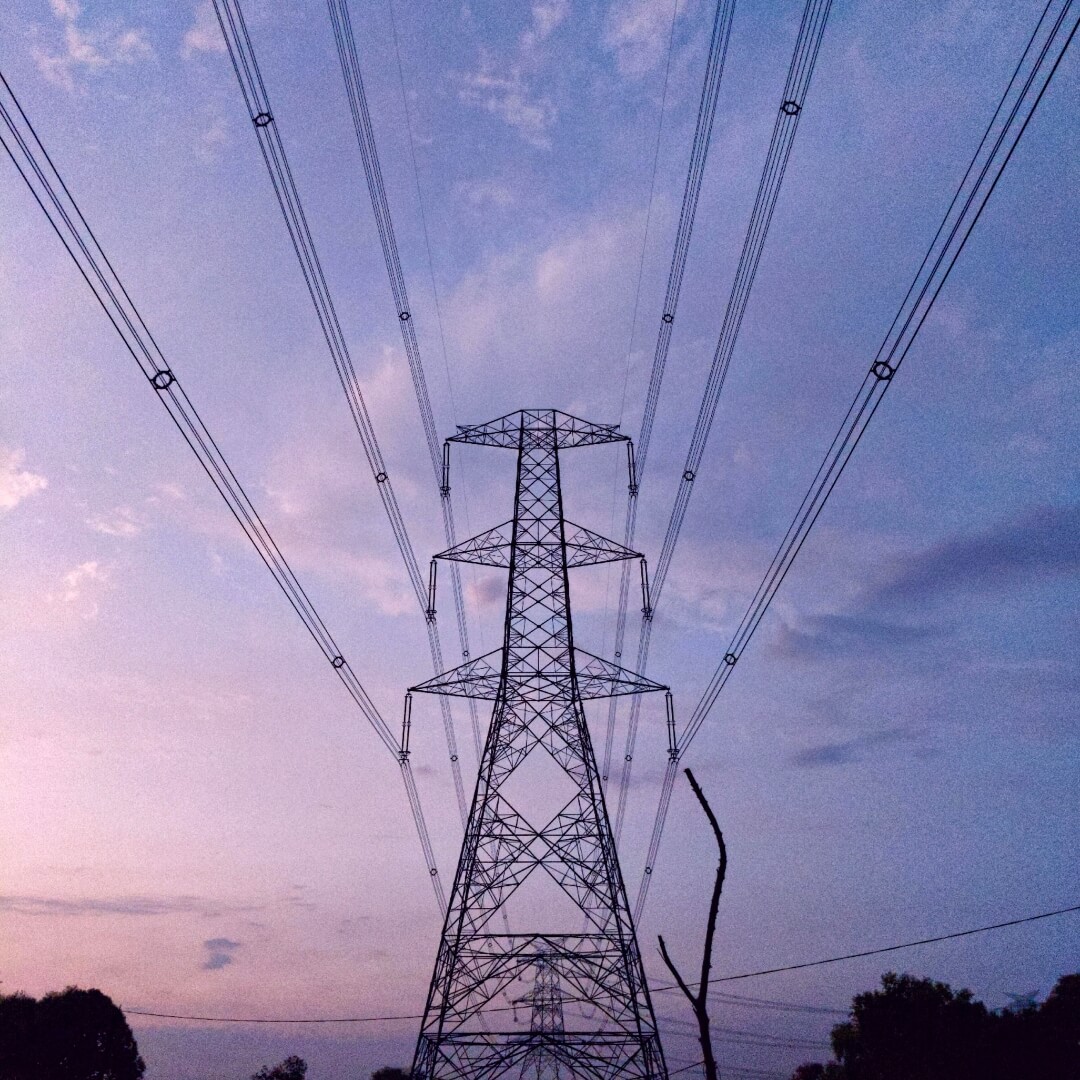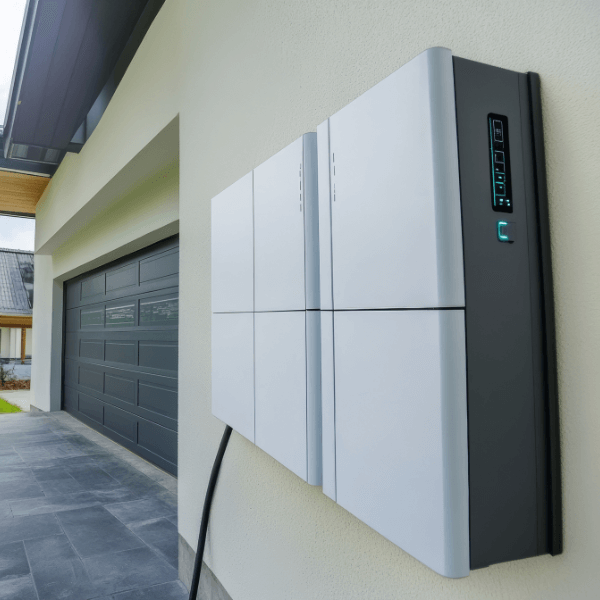Flow Power is passionate about encouraging participation of everyday consumers in the transition to renewable energy.
If Australia can improve its energy performance (including demand flexibility and energy efficiency), this transition can be faster, cheaper, smoother and more reliable.
We recently contributed our thoughts to the Federal Government’s consultation paper on its National Energy Performance Strategy.

Our recommendations for improving energy performance
Grow demand flexibility capabilities. Here’s how:
1. First, we need to increase the insights available to energy users by access to data.
Programs should be implemented that expand the use of industrial sub-metering, building management systems, energy management systems and control systems. In addition, residential smart meters should have standardised capabilities that allow easy access to real-time data.
This would allow energy users of all types to make more informed investment and operational decisions regarding their energy usage and opportunities to improve productivity.
2. Support responsiveness to wholesale prices
High wholesale prices signal times when the grid is constrained. Having more customers respond to wholesale prices means the demand side can adjust to these conditions. This signal will become increasingly important as renewable generation grows.
Increased price responsiveness would be supported by:
- Expanding the educational material available to energy users, including updating Energy Made Easy and Victorian Energy Compare to reflect offers that reward demand flexibility.
- Evolving energy efficiency schemes to support demand flexibility and price responsiveness.
- Large energy users – such as councils– to consider purchasing energy on dynamic pricing and implementing strategies to respond to wholesale price signals.
3. Implement cost reflective pricing on networks
Distribution pricing has been far too slow in trending towards cost reflective pricing. Concerns about price shock for customers are valid; however, this should not slow down the implementation of effective network pricing regimes.
Existing programs, such as the AusNet’s critical peak demand program, have demonstrated that network pricing can be highly effective in encouraging demand reductions at times of network peaks.
Support retail competition
Retail competition and innovation have clear, direct benefits for energy users. Effective competition keeps energy costs down and pushes retailers to adapt to emerging consumer trends. Commercial and industrial energy users in particular benefit from a fierce level of competition that keeps margins and service costs low. This also pushes retailers to find new ways to distinguish themselves and offer value to customers.
A range of new technologies are emerging that will influence decarbonisation in Australia, including EVs, heat pumps, distributed storage and smart home devices. Harnessing these involves developing the right retail products, pricing models, control frameworks and technical solutions. If they can be harnessed, these resources can create individual value for their owners, and aggregate value for the system.
Retail competition can be supported by:
- Increased regulatory harmonisation between jurisdictions. For example, increasing the consistency between energy efficiency schemes across the states, and harmonising the consumer protections frameworks between Victoria and the rest of the NEM.
- Designing government support and investment programs so they do not favour large developers or retailers by default. An unintended consequence of complex application processes and short response times is that government support will be allocated to companies with more resources dedicated to engaging with governments.
- Ensuring an equal playing field with regulated monopolies. For example, allowing DNSPs to own and operate community batteries means they have significant advantages over community groups who may be willing to develop projects, distorting a competitive playing field.
Updating carbon accounting
There is an established process for measuring the emissions associated with using electricity (scope 2 emissions1). Currently, the carbon footprint of electricity use is determined by looking at the total electricity taken from the grid over the year and multiplying it by an emissions factor determined by the Clean Energy Regulator.2
However, this process does not account for the timing of that electricity use. From the perspective of measuring carbon emissions, a kWh of electricity used in peak solar periods has the same footprint as electricity used in a wind and solar drought.
While price signals for electricity may encourage greater use of renewable energy, the current framework for determining the level of renewables associated with grid electricity itself does not encourage consumers to align their electricity demand with the output of renewable generators. There is significant variation in the carbon intensity of the electricity grid. Instead, “using more renewable energy” revolves around buying and surrendering more large generation certificates.
To strengthen the links between carbon footprints and energy productivity, we recommend the government:
- Extend the official National Greenhouse and Energy Reporting Scheme reporting of grid carbon emissions intensity to provide data on how carbon intensity from the grid changes over the course of the day, every day of the year.
- Update the Climate Active electricity accounting standard to allow the use of carbon intensity measures that vary through the day. If this is not possible through updated National Greenhouse and Energy Reporting Scheme data, Climate Active should allow the development of methods using more dynamic metrics, as long these metrics are transparent and subject to scrutiny.
Summary
There are opportunities for Australia to improve its energy performance and reap the benefits. In particular, a focus on unlocking demand flexibility will complement and support the necessary growth of renewable generation, while reducing the amount of storage needed. The role for retail competition will likewise continue to be crucial in delivering much needed innovation and driving costs down. Lastly, there is significant opportunity in developing a more sophisticated approach to measuring carbon emissions to properly reflect a changing consumer landscape.
We look forward to seeing how the Federal government can progress these issues.














